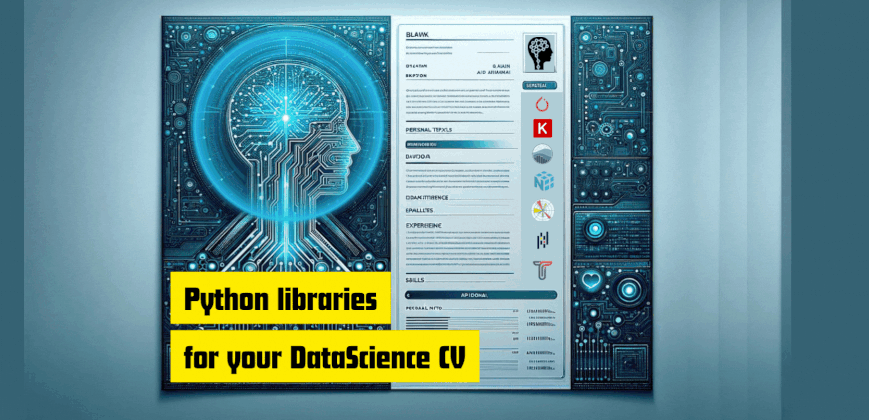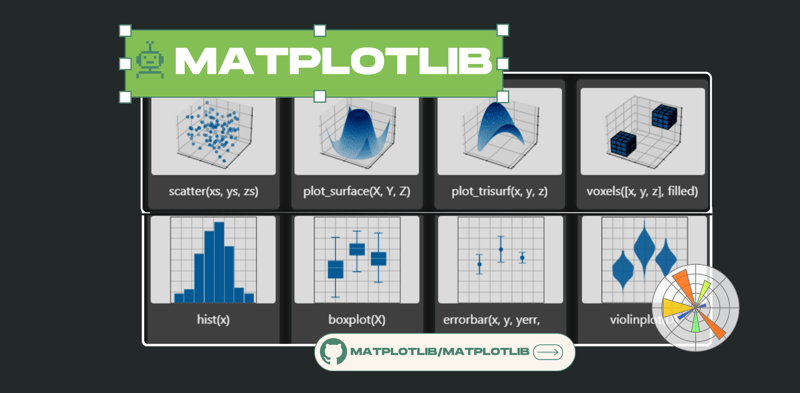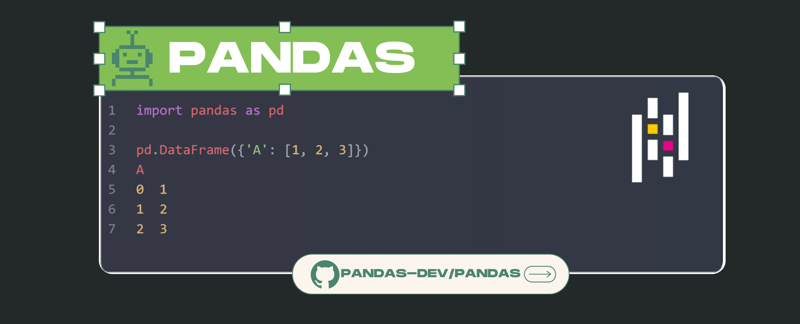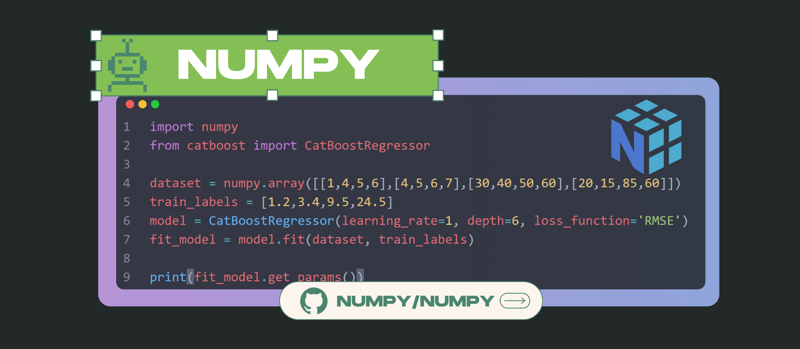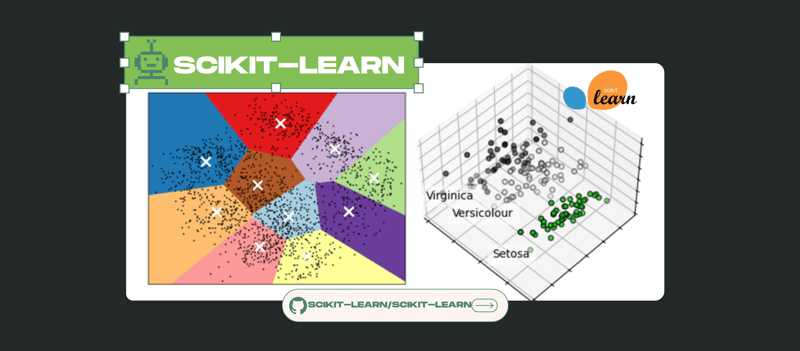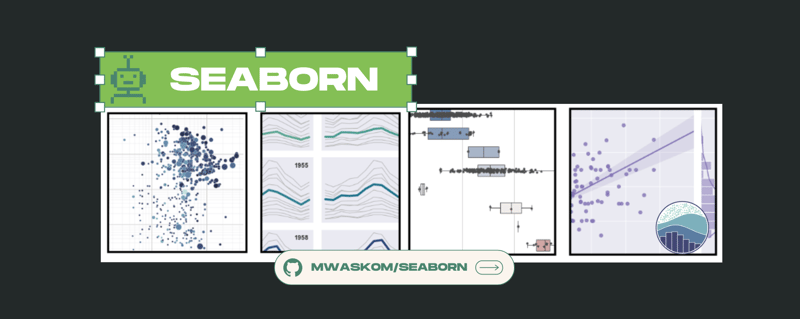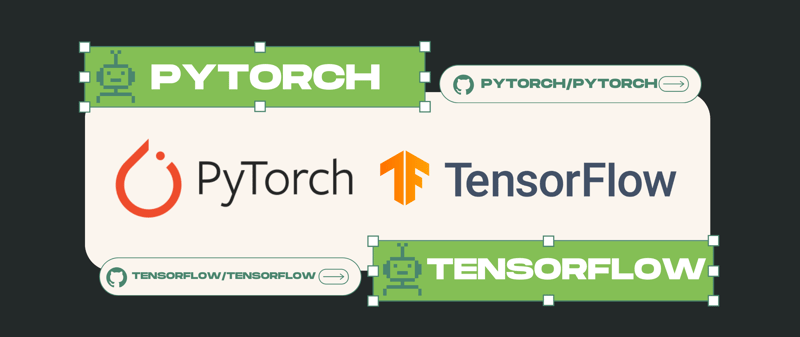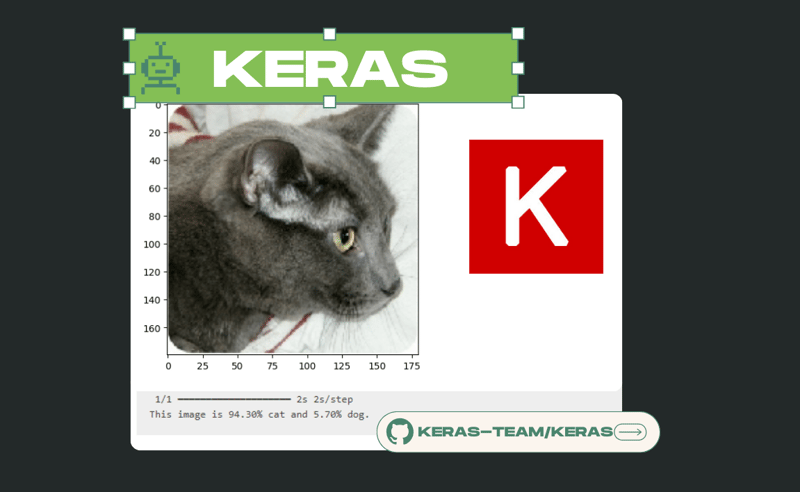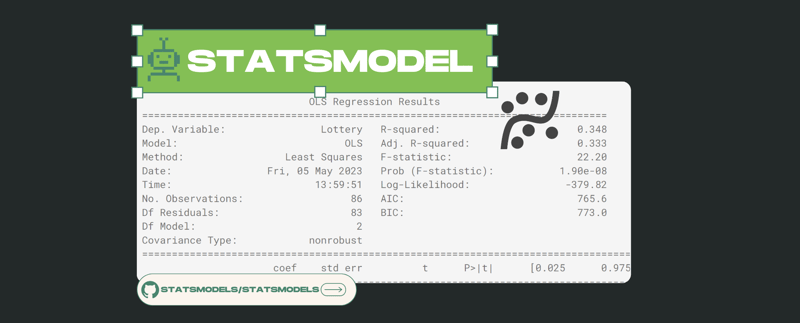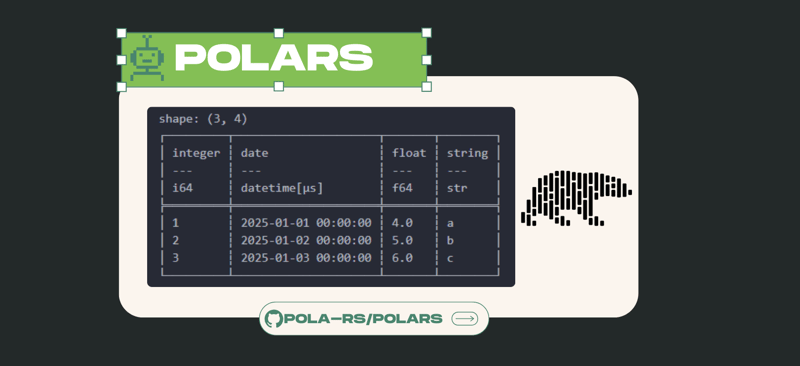TL;DR
In 2024, Python is still the primary language for data science thanks to its simplicity but also with the various libraries for data cleaning, feature engineering, visualization, and machine learning.
If you want to start or pivot your career to be more data science-oriented, this list will give you the libraries you need to know.
1- Taipy
Field: Full application
Taipy has been designed to expedite application development, from initial prototypes to production-ready applications.
This open-source Python library is designed for easy development for both front-end (GUI) and ML/Data pipelines.
It is low code and designed for any pythonista.
Key features:
- Towards Data science: Notebook compatible & easy integration with Machine learning platforms (Dataiku, Databricks, etc.…)
- Taipy scales as more users on the application
- Taipy works with large datasets
- Asynchronous mode: ideal for handling high-load applications
Your support means a lot🌱, and really helps us in so many ways, like writing articles! 🙏
2- Matplotlib
Field: Data Visualization
Matplotlib is the most famous visualization widget library.
With this library, you can plot any 2D graph easily with its extensive range of charts and customization capabilities.
A great library to check your model’s performance with simple and quick charts.
3- Pandas
Field: Data Manipulation and Analysis
How to code in Python without knowing Pandas? Pandas are Python royalty!
The two data structures of this library are:
- dataframes
- series This library allows data loading, cleaning, and preparation quickly and efficiently.
Key functions include:
- Loading data
- Reshaping data frames
- Basic statistics
4- Numpy
Field: Numerical Computing
Numpy is less generalist than Pandas, but this is an essential tool for scientific computing and data preprocessing.
When using Numpy, you will become familiar with arrays and know how to efficiently make data manipulations and mathematical functions.
This library is definitely essential to your data science projects.
5- Scikit-Learn
Field: Machine Learning
Another Python library, and this time, your top choice for machine learning in Python.
This library has various algorithms:
- K-means clustering
- Regression
- Classification
But it also sets up your machine learning project through data splitting and dimension reduction techniques, for example.
6- Seaborn
Field: Statistical Data Visualization
Seaborn will bring some added features to Matplotlib.
This library brings in complex and attractive visualizations when Matplotlib emphasizes preciseness and simplicity.
7- TensorFlow or Pytorch
Field: Deep Learning
Pytorch or TensorFlow that is the question.
These two libraries offer an interface for neural networks.
They are flexible and give you efficient APIs to build and create neural network models.
The choice is up to you, but here are some differences:
- PyTorch has a more Natural Language Processing angle
- Pytorch has a more pythonic feel
Star ⭐ the TensorFlow repository
8- Keras
Field: Deep Learning
Keras is a great way to start with Deep Learning as it runs on top of TensorFlow but with a simplified implementation process.
9- Statsmodel
Field: Statistical Modeling
This library has an array of statistical models.
It is an excellent tool for the Exploratory Data Analysis phase of your Machine Learning project.
The array of capabilities ranges from descriptive analysis to statistical tests; it is also a suitable library for handling time series data, univariate and multivariate statistics, etc.
10- Polars
Field: Fast Data Manipulation
Polars is a DataFrame library created to handle and process large datasets.
It was inspired by Python’s top library- Pandas, but with a (fast) twist, it’s 10 to 100 times faster. A must-know tool when handling large datasets.
Conclusion
These ten libraries are essential for any ML project, and mastering them will enhance your Datascience CV.
Don't hesitate to comment your favorite ML/AI libraries!
